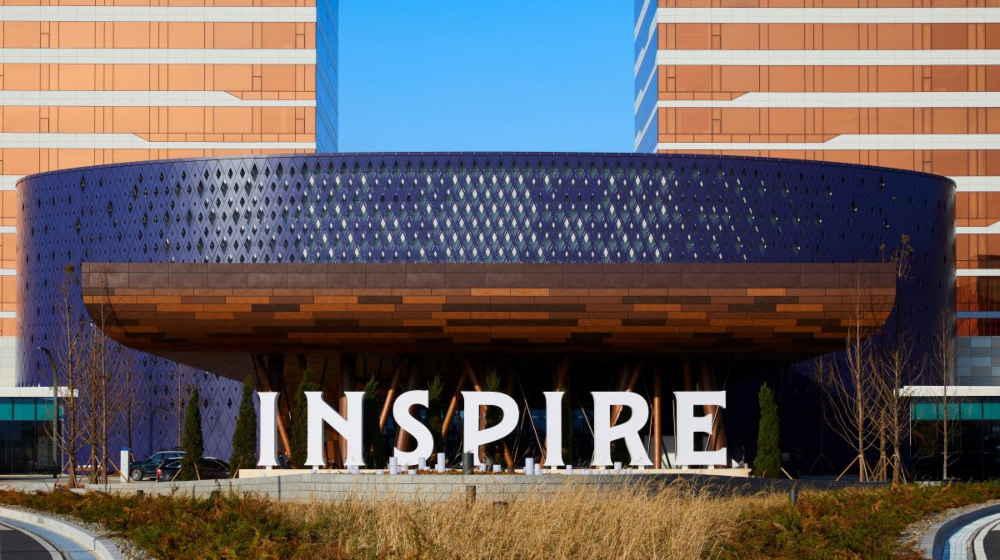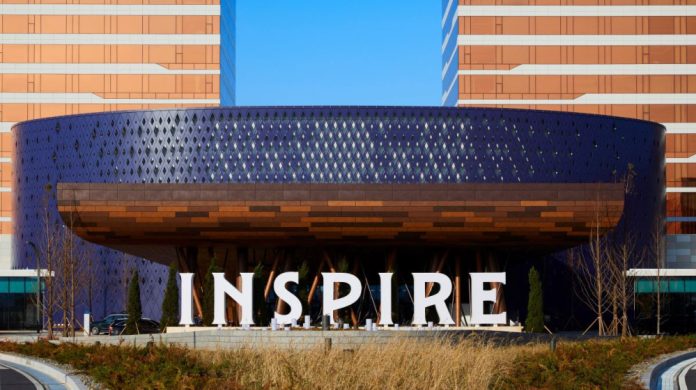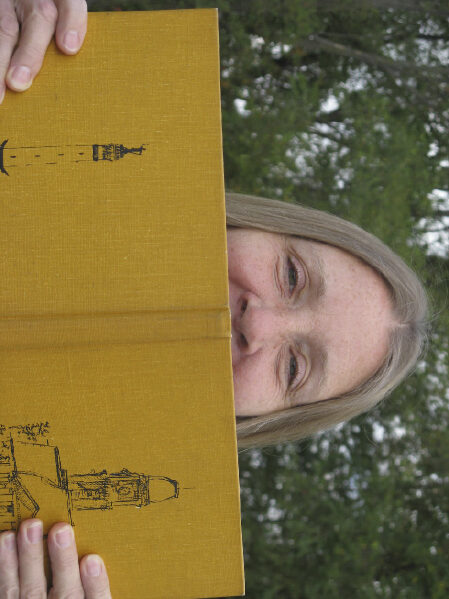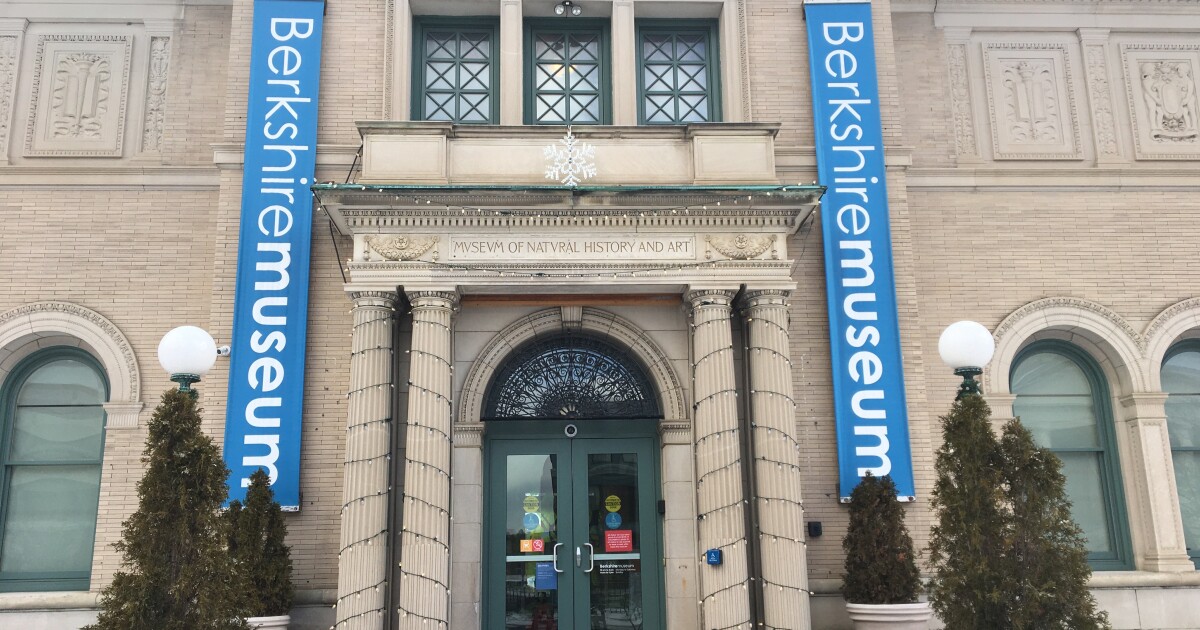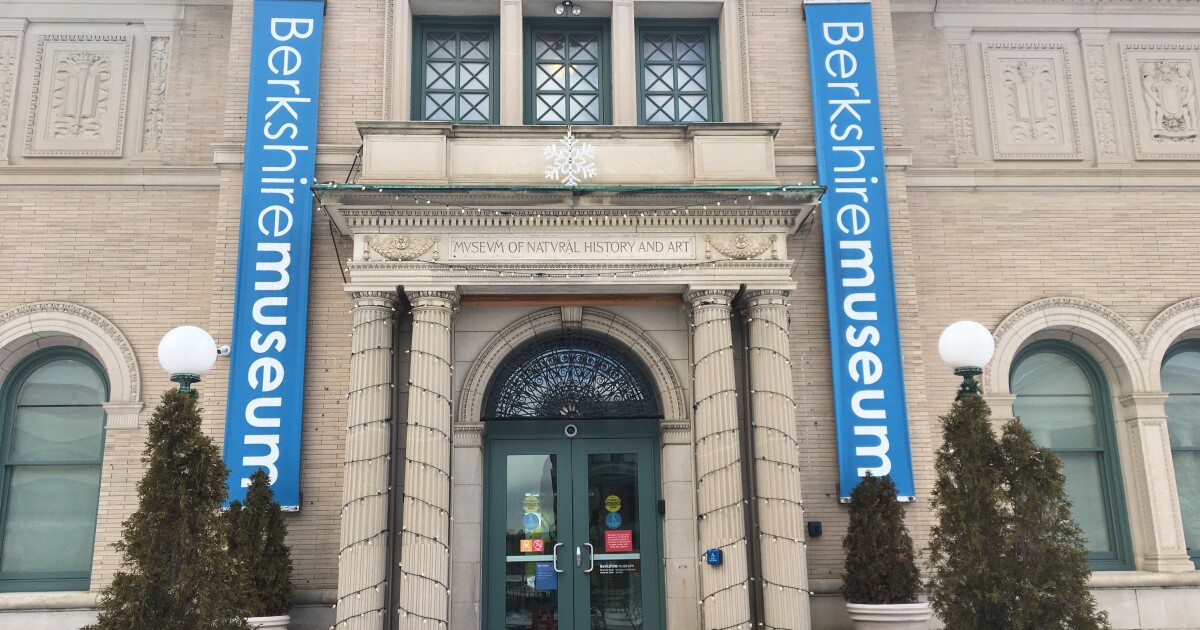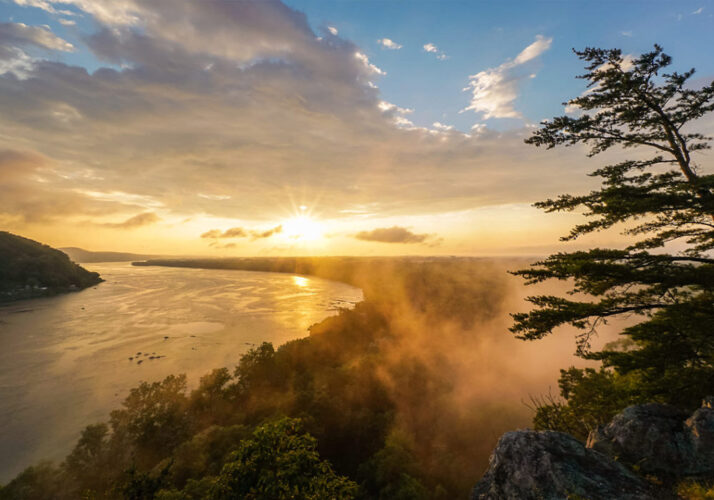Mohegan has announced the soft opening of its Mohegan INSPIRE Entertainment Resort in Incheon, South Korea, taking place on November 30.
The first opening phase includes the resort’s three hotel towers, the country’s first multi-purpose arena, as well as meetings, incentives, conferences and exhibition facilities such as Korea’s largest ballroom, signature restaurants, and the digital entertainment street Aurora.
With the tagline ‘Inspiring Worlds, Inspiring People’, Mohegan plans to continue to open the entire INSPIRE resort in phases during the first half of 2024.
“This is a momentous occasion for Mohegan, marking both a historic partnership for our Tribe and a new echelon for our system of premier integrated entertainment resorts around the world,” stated James Gessner Jr, Chairman of the Mohegan Tribe and the Mohegan management board.
“We have been honoured to work closely with the Korean government to make this day possible, and we look forward to INSPIRE contributing to the local and regional economies by creating local jobs, bringing visitors to enjoy the Incheon region, and attracting new businesses both on and adjacent to the property.
“I am grateful to the Mohegan and Mohegan INSPIRE teams for their efforts and their leadership and look forward to many years of success and partnership in South Korea.”
The soft opening will feature the resort’s three hotel towers – Forest Tower, Sun Tower and Ocean Tower – together have 1,275 rooms as well as their own unique concept, while the multi-purpose indoor INSPIRE Arena has a 15,000-seat capacity.
The 150-meter-long Aurora digital entertainment street will also be revealed, which includes large LED screens, alongside the glass-domed Splash Bay indoor water park, state-of-the-art meetings, incentives, conferences and exhibition facilities and 10 INSPIRE-owned restaurants including Michael Jordan’s Steak House.
Mohegan will also have several…
